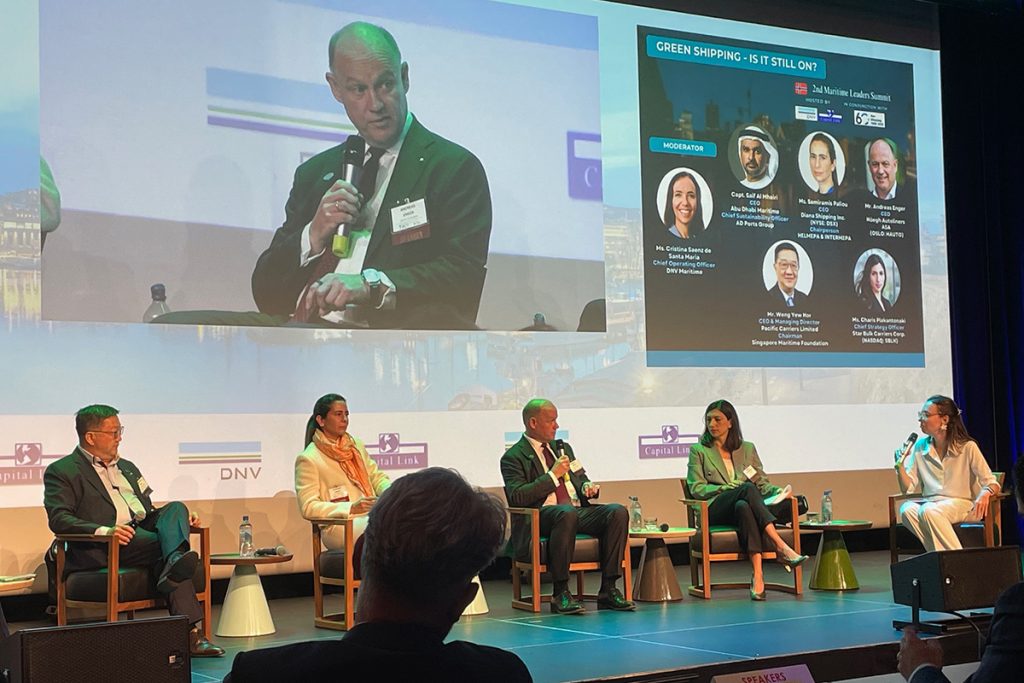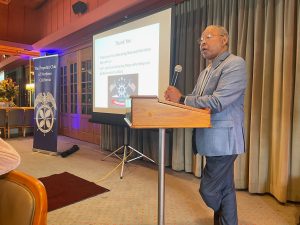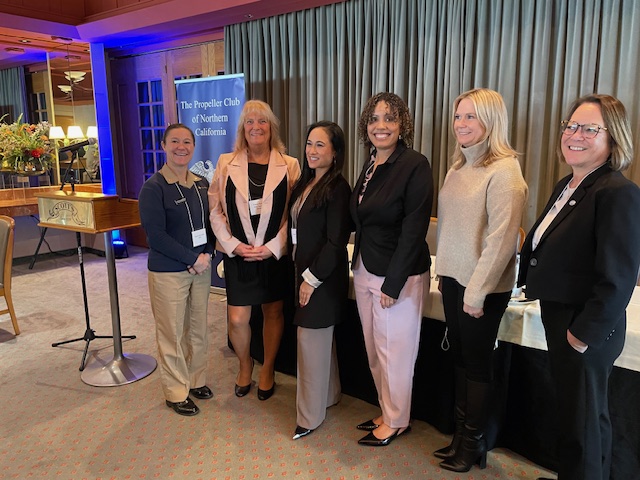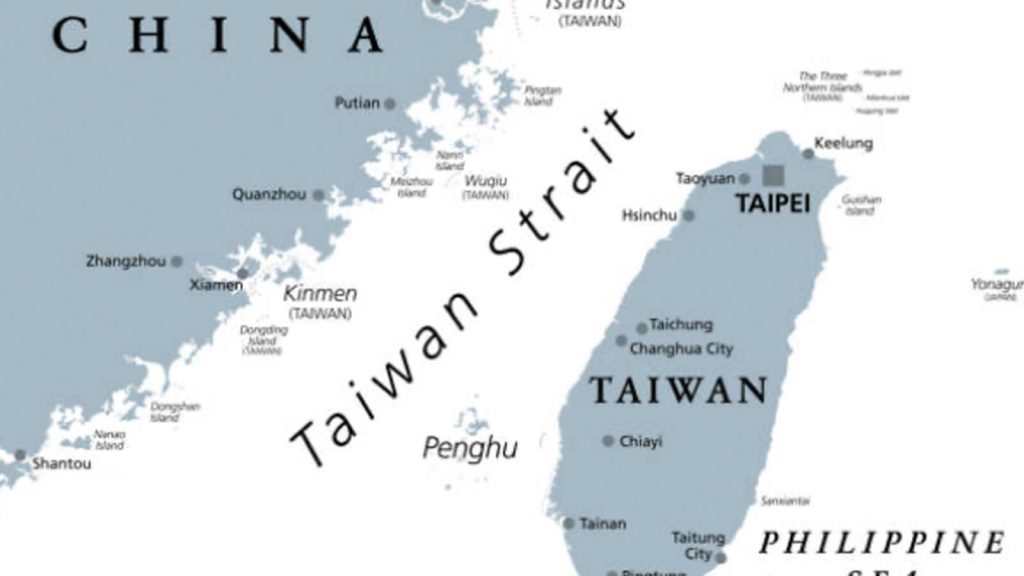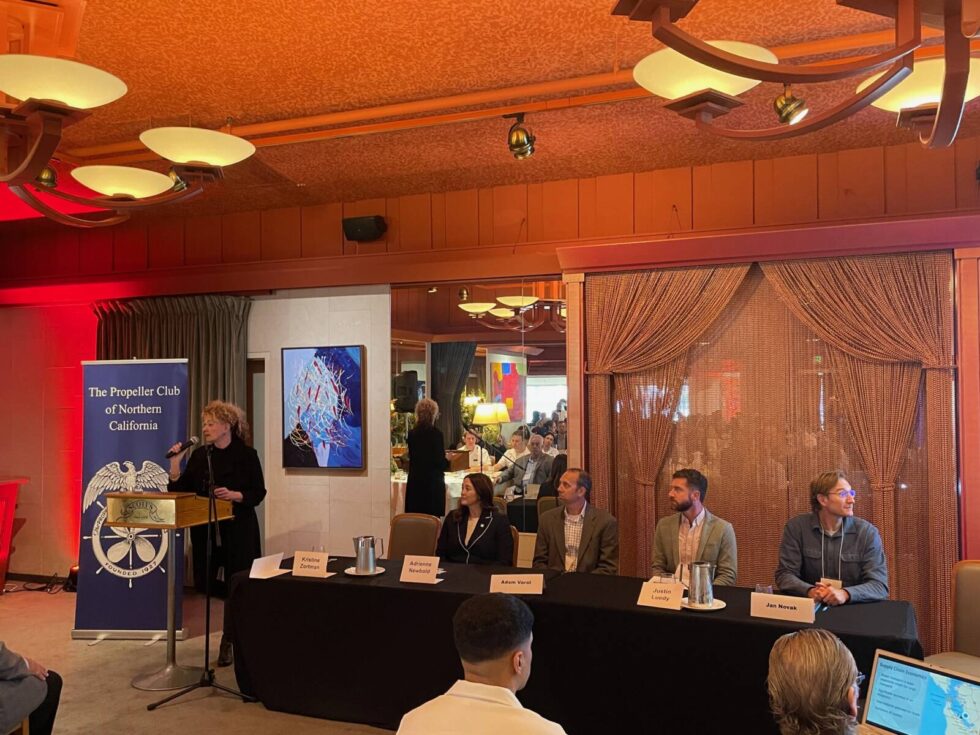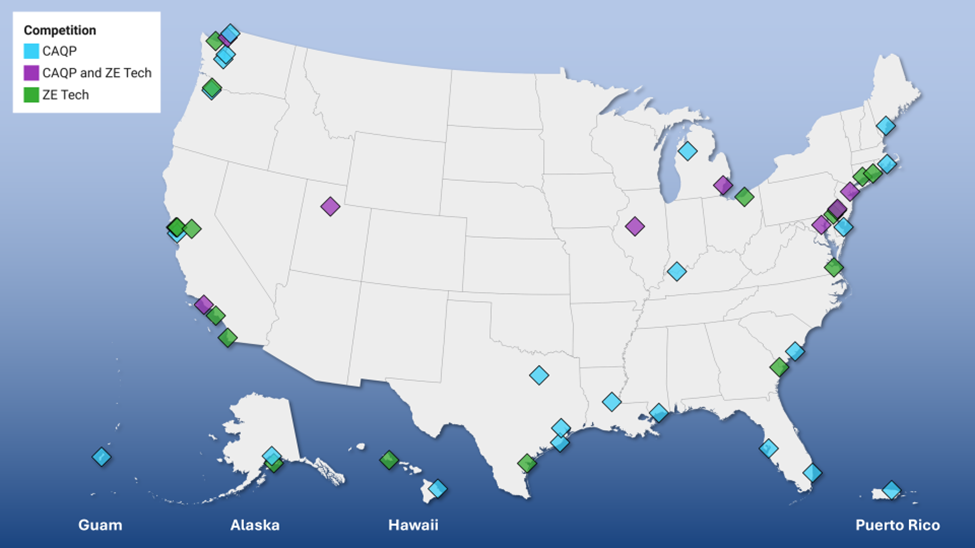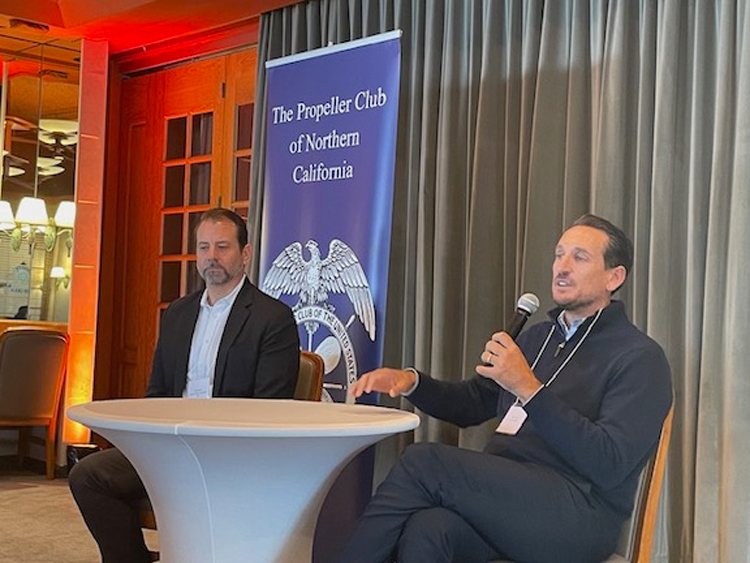
Shipping companies will need to collaborate to support decarbonization if the United Nations’ International Maritime Organization (IMO) votes to implement zero-emission rules at its October meeting, according to Sinem Ogis, the new Chair of the Propeller Club of Oslo (Norway).
In an interview with AJOT, Ogis related how she moved to Norway from the Netherlands where she had been working for the Dutch carrier Van Oord, a specialist in dredging and offshore wind installations.
This occurs at the same time as an impending October vote on IMO rules governing emission reduction by ships:
“So basically, right now, IMO is working on the global emission scheme to put pricing on the emissions. … But on the European side, the EU commission already moved forward with the emissions trading scheme. So, shipping has already pricing added like … carbon costs, carbon tax, when they call at EU ports.”
IMO decarbonization rules vote in October
Andrew Forrest, Executive Chairman of Australian mining company Fortescue, is urging the global maritime industry to support the IMO goals for zero emission shipping by 2050. The IMO goals will be voted on in October.


